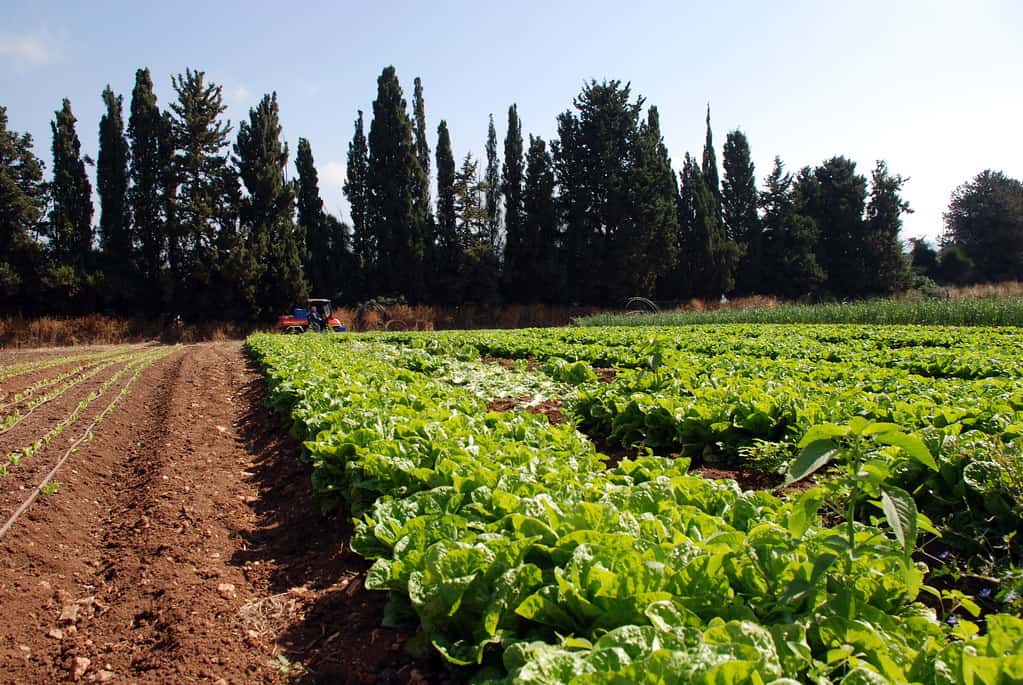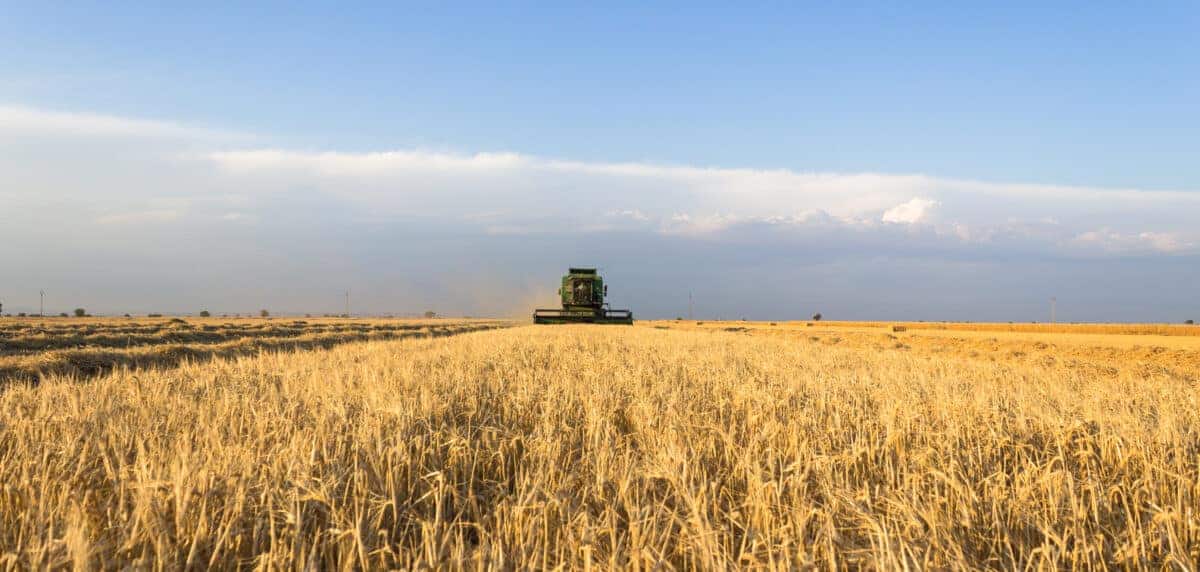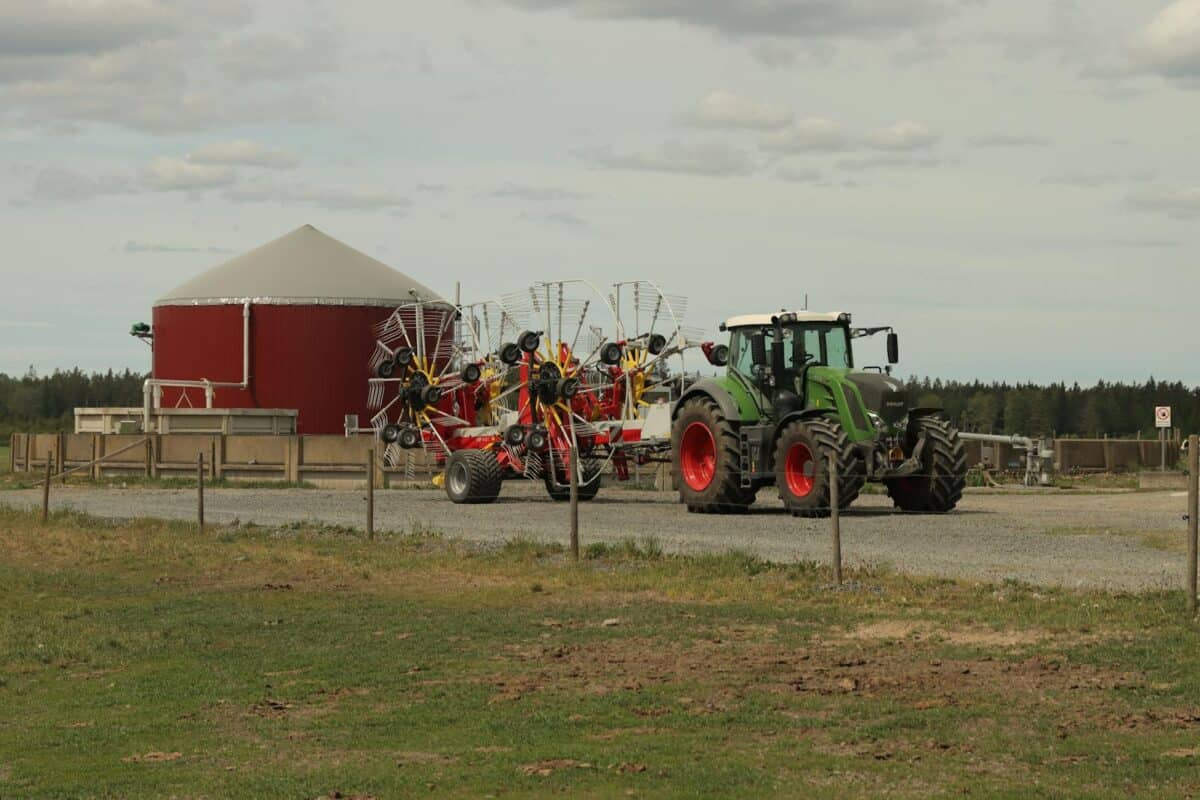In the face of persistent drought conditions and water scarcity challenges, California has emerged as the national leader in rainwater recycling, harvesting, and reuse initiatives. The Golden State has implemented comprehensive legislation, innovative technologies, and community-based programs that have collectively propelled it to recycle rainwater at unprecedented rates. With a remarkable 48% increase in rainwater capture systems across urban and agricultural regions over the past five years, California’s approach to water conservation represents one of the most ambitious environmental initiatives in the country. This article explores how California has achieved this remarkable milestone and what other states can learn from its success.
Understanding the Water Crisis in California

California’s journey toward rainwater recycling excellence began with necessity. The state has faced severe drought conditions for much of the past decade, with 2012-2016 marking one of the driest periods in recorded history. According to the U.S. Drought Monitor, approximately 95% of California experienced moderate to exceptional drought conditions during peak periods. With the state’s massive agricultural industry consuming roughly 80% of its developed water supply and supporting over 400 different crops, the economic stakes of water management are immense. Urban centers like Los Angeles and San Francisco have also faced significant challenges in meeting the water needs of their growing populations. This perfect storm of ecological pressure and economic necessity created the conditions for California’s rainwater recycling revolution.
Landmark Legislation and Policy Framework

California’s success in rainwater recycling can be attributed largely to its progressive legislative framework. The Water Conservation Act of 2009 (SB X7-7) set the foundation by requiring a 20% reduction in urban per capita water use by 2020. Building on this, the Rainwater Capture Act of 2012 explicitly legalized rainwater harvesting for Californians. The game-changer came with the Sustainable Groundwater Management Act (SGMA) in 2014, which mandated the development of groundwater sustainability plans. Most recently, Assembly Bill 1750, passed in 2022, established tax incentives and rebate programs specifically for rainwater capture systems, making implementation financially viable for both homeowners and businesses. These policy measures have created a comprehensive ecosystem that encourages rainwater recycling at every level of society.
Innovative Urban Infrastructure Projects

California’s urban centers have pioneered some of the most innovative rainwater recycling infrastructure in the nation. Los Angeles’ Tujunga Spreading Grounds enhancement project expanded the facility’s capacity to capture stormwater from 8,000 acre-feet to 16,000 acre-feet annually, enough to supply 64,000 households with water for a year. San Francisco’s award-winning “Rain Guardians” program has installed over 2,500 bioretention planters throughout the city, each capable of filtering and storing hundreds of gallons of rainwater while beautifying urban spaces. In Sacramento, the McKinley Water Vault project created an underground storage facility that can hold up to 6 million gallons of stormwater, preventing flooding while facilitating groundwater recharge. These projects demonstrate how urban infrastructure can be reimagined to treat rainwater as a resource rather than a waste product.
Agricultural Applications and Innovations

California’s $50 billion agricultural industry has been at the forefront of adapting rainwater recycling techniques to farming operations. The state now boasts over 200,000 acres of farmland using some form of rainwater harvesting system. In the Central Valley, where water issues are particularly acute, cooperative watershed management programs have helped farmers implement contour farming, check dams, and retention ponds to maximize rainfall capture. Advanced technologies like soil moisture sensors combined with weather prediction software now allow farmers to optimize irrigation timing based on anticipated rainfall. The University of California’s Agricultural Extension Service has documented water savings of 30-40% on farms using these combined approaches. One notable success story is Frey Vineyards in Mendocino County, which now meets 75% of its irrigation needs through rainwater harvesting, setting a new benchmark for the industry.
Public-Private Partnerships Driving Progress

California’s record-breaking rainwater recycling achievements have been accelerated by strategic public-private partnerships. The California Water Action Collaborative (CWAC) brings together major corporations like Coca-Cola, General Mills, and Microsoft with environmental organizations and government agencies to fund and implement water stewardship projects. Since its formation in 2016, CWAC has directed over $120 million toward rainwater capture infrastructure. The Home Depot Foundation’s “Water Conservation Initiative” has trained over 5,000 homeowners in DIY rainwater harvesting techniques through free workshops across California. Meanwhile, the Silicon Valley Water Conservation Awards recognize and publicize innovative corporate water recycling programs. These partnerships have created a multiplier effect on public investments, extending the reach and impact of rainwater recycling initiatives throughout the state.
Community-Based Programs and Grassroots Efforts

Some of California’s most successful rainwater recycling initiatives have emerged at the community level. The “Rain Barrel Revolution” program in San Diego has distributed over 8,500 rain barrels to residents at subsidized prices, creating a collective capacity to capture approximately 450,000 gallons of water during each significant rainfall event. In Oakland, the Watershed Stewardship Program trains community members as “Watershed Ambassadors” who then lead neighborhood-level projects for rainwater harvesting. The TreePeople organization in Los Angeles has transformed more than 250 schoolyards into “water-capturing landscapes” that collectively divert an estimated 40 million gallons of rainwater annually from storm drains into the ground where it can replenish aquifers. These grassroots efforts demonstrate how community engagement can substantially contribute to water conservation goals while building environmental awareness.
Advanced Technologies and Innovation

California has become a testing ground for cutting-edge rainwater recycling technologies. The Orange County Water District’s Groundwater Replenishment System represents one of the most advanced water recycling facilities in the world, processing 100 million gallons daily through a three-step advanced treatment process including microfiltration, reverse osmosis, and ultraviolet light with hydrogen peroxide. Silicon Valley startups have developed smart rainwater collection systems that incorporate weather predictions, automated filters, and usage analytics to optimize capture and storage. The California Institute of Technology has pioneered nanomaterial filters that can remove contaminants down to the molecular level, making rainwater safer for direct reuse. These technological advances have dramatically improved the efficiency and feasibility of rainwater recycling while creating a new green technology sector within the California economy.
Economic Benefits and Job Creation

California’s investment in rainwater recycling has generated significant economic returns. A 2023 report from the Pacific Institute found that every $1 million invested in water conservation and recycling infrastructure creates approximately 15-20 jobs, compared to just 10-15 jobs for traditional water infrastructure. The state’s rainwater recycling initiatives have created an estimated 12,000 jobs in installation, maintenance, manufacturing, and engineering over the past decade. Property values for homes with rainwater harvesting systems have increased by an average of 3-5% according to real estate analyses, reflecting growing consumer awareness of water security issues. For agricultural operations, improved rainwater management has reduced irrigation costs by an average of $200-$500 per acre annually, representing substantial savings across California’s vast farming regions. These economic benefits have helped build political consensus around continued investment in rainwater recycling infrastructure.
Environmental and Ecological Impact

The environmental benefits of California’s rainwater recycling efforts extend far beyond water conservation. By capturing rainwater that would otherwise flow into storm drains, the state has reduced urban runoff pollution by an estimated 35% in participating watersheds. This has led to measurable improvements in the water quality of rivers, bays, and coastal areas. Groundwater recharge from rainwater harvesting has helped restore depleted aquifers, with monitoring wells in the San Gabriel Valley showing water table rises of 15-25 feet in areas with concentrated rainwater capture efforts. The creation of rainwater gardens and bioswales has expanded urban habitat for pollinators and birds, with citizen science surveys documenting increased biodiversity in neighborhoods that have implemented green infrastructure. These ecological improvements demonstrate how water conservation can be aligned with broader environmental restoration goals.
Challenges and Limitations

Despite its successes, California’s rainwater recycling program faces significant challenges. Climate change models predict that precipitation patterns in California will become increasingly erratic, with longer droughts punctuated by more intense rainfall events. This will require adaptive management of rainwater harvesting systems. Regulatory complexities remain a hurdle for many projects, with permitting processes often involving multiple agencies with different requirements. The initial cost of infrastructure remains prohibitive for lower-income communities, creating equity concerns about who benefits from these initiatives. Water rights issues can complicate large-scale projects, particularly in agricultural regions where downstream users may have claims on runoff. Additionally, public perception and concerns about water quality for direct reuse applications continue to present communication challenges. These limitations highlight the need for continued refinement of California’s approach to ensure it remains effective and equitable.
Learning from International Models

California’s rainwater recycling program has drawn inspiration from international success stories while adapting approaches to local conditions. Australia’s experience during its “Millennium Drought” (1997-2009) provided valuable lessons in urban rainwater harvesting, with California adopting elements of Melbourne’s household tank subsidy program. Singapore’s “ABC Waters” (Active, Beautiful, Clean) design guidelines have influenced California’s integration of aesthetic and recreational value into water infrastructure projects. Israel’s advanced drip irrigation technologies have been widely adopted by California farmers, often in combination with rainwater harvesting systems. From India, the state has learned techniques for low-cost, scalable rainwater harvesting appropriate for diverse socioeconomic contexts. This global knowledge exchange has accelerated California’s progress and positioned the state as part of an international community of practice focused on sustainable water management.
Future Directions and Expansion Plans

California’s ambitions for rainwater recycling continue to grow. The recently approved California Water Plan Update 2023 sets a target of doubling the state’s rainwater capture capacity by 2030. Key initiatives include the planned $300 million Los Angeles River Watershed Capture Network, which will create a connected system of parks and green spaces designed to capture and filter stormwater. The Agricultural Water Management Technical Assistance Program will expand to reach 10,000 additional farms with rainwater harvesting training and implementation support. In suburban areas, new building codes will require rainwater capture features in all new developments above a certain size threshold. Research initiatives funded through the University of California system will focus on developing lower-cost filtration technologies to make potable reuse of rainwater more accessible. These forward-looking plans demonstrate California’s commitment to maintaining its leadership in water conservation innovation.
Conclusion: A Model for National Water Resilience

California’s emergence as the national leader in rainwater recycling represents a powerful example of how necessity can drive innovation when combined with political will, technological ingenuity, and community engagement. The state’s multilayered approach—encompassing legislation, infrastructure, technology, and education—has created a replicable model for other regions facing water scarcity challenges. As climate change continues to disrupt traditional precipitation patterns across the United States, California’s experience offers valuable lessons in building water resilience. The economic and environmental co-benefits of rainwater recycling make it an attractive strategy even beyond drought-prone regions. Perhaps most importantly, California has demonstrated that significant progress on complex environmental challenges is possible when diverse stakeholders align around a common goal and sustain their commitment over time.
- The Way Dogs Can Tell When You’re Sad - August 24, 2025
- Should We Reintroduce Wolves to More U.S. States? - August 24, 2025
- The Ultimate Guide to Spotting Owls in the Wild - August 24, 2025
